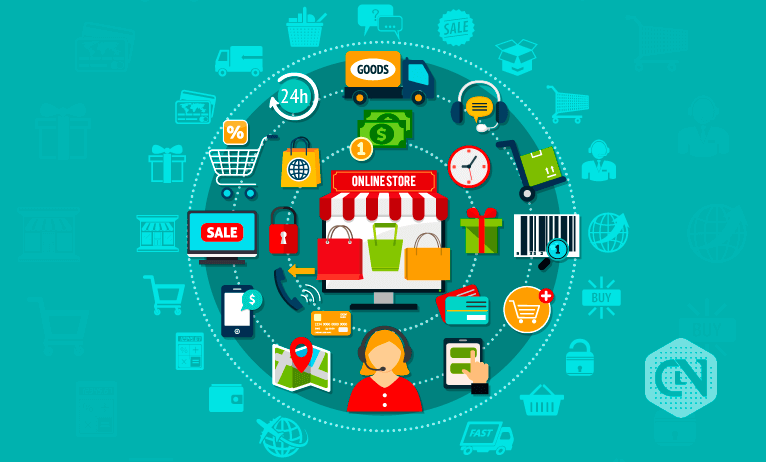Though the advent of e-commerce is a relatively new phenomenon, imagining the retail industry without it has become impossible. The enormous growth of the e-commerce industry in recent years can be substantiated with the recent figures that show a 12.4% of the total retail sales come from e-commerce sales. Looking at the current trend and innovations in the industry, it is likely to have mushrooming growth in the coming years.
The biggest base for this high-growth remains consumer experience and ease. The new e-commerce industry has given high flexibility to the consumers on every front and a large variety to compare before making the purchase led to higher participation from the millennials. Not just online shopping, but BOPIS (buy online, pickup in-store) services are also on the rise.
Consequences:
Space Crunch-
With increased e-commerce sales, there is an increased demand for space. Fulfilling demands of the consumers quickly requires the hoarding of numerous objects in super-large warehouses. As per experts, E-commerce needs three times bigger space as a warehouse as compared to the traditional brick-and-mortar shops. For every 1 billion USD of E-commerce sales, one million square feet of space is required. So, availing space is likely to be one of the major challenges the industry holds.
Closure of Shops-
Increased sales through online retailers have led to the closure of many brick and mortar shops. That has impacted employment on a large scale, especially in the emerging economies. In countries like India, China, and Brazil, corporate e-commerce players have destroyed the small shops and outlets.
Signs of Enhanced Growth-
The sales trend from e-commerce is on the rise and it is likely to be on this path for the coming years. There are certain signs we will talk about here, that hint at more penetration of online sales in the next decade.
Advertisement
Faster Shipping-
Large e-commerce players like Amazon and Walmart have started delivering orders on the same day or the next day of the order date. The average timing for online delivery in the U.S. has decreased to 4.5 days from 5.5 days in 2012. Worldwide in most of the big cities, two-day delivery has already become the norm. E-commerce companies have started handling logistics on their own rather than outsourcing. Shrinking of the delivery time of packages from the e-commerce companies hints at an enhanced business in the coming years.
Culture-based Shopping-
Today, millennials are choosing products based on brand perception and the culture attached to it. E-commerce sites have become conscious of the culture buzzing around the millennials to attract them.
Subscription Sale-
Almost all the major e-commerce players are giving their consumers the option to choose a particular subscription that would come to the customers’ doorsteps at regular intervals. As per a McKinsey & Company report, about 15% of online shoppers opt for subscription shopping. This trend of subscribing monthly needs is likely to bring good days for the whole industry in the coming few years.
Reward Points and Incentivization-
Advertisement
E-commerce companies have been actively rewarding their consumers with multiple offers and discounts. It has led to increased dependence on the e-commerce companies even for the small requirements. This trend is likely to drive more youngsters to this mode of shopping in the coming years.
The Path Ahead-
It is a no-brainer to say that in the coming years, online shopping is going to dominate the total online sales. However, there is also room for improvement in this sector as well. In the near future, we can see increased use of Artificial Intelligence (AI) and Machine Learning for easing the consumer experience. The industry has already started the use of AI-based Chatbots and Virtual Stores. Amazon has started delivering through drones eliminating any human contact. The coming years will be exciting as these giant e-commerce companies will bring more paradigm shifts to give a whole new level of the consumer experience.







